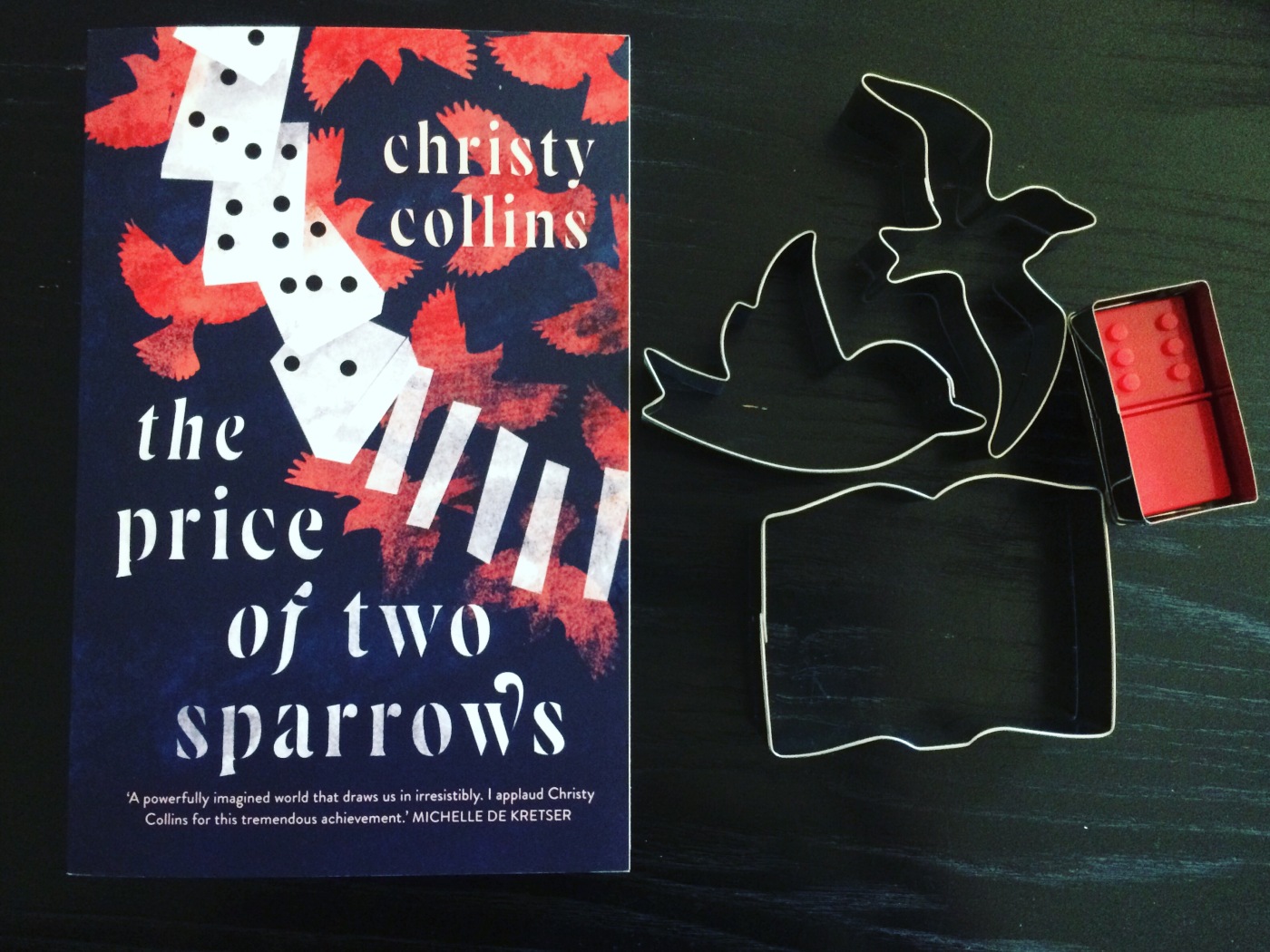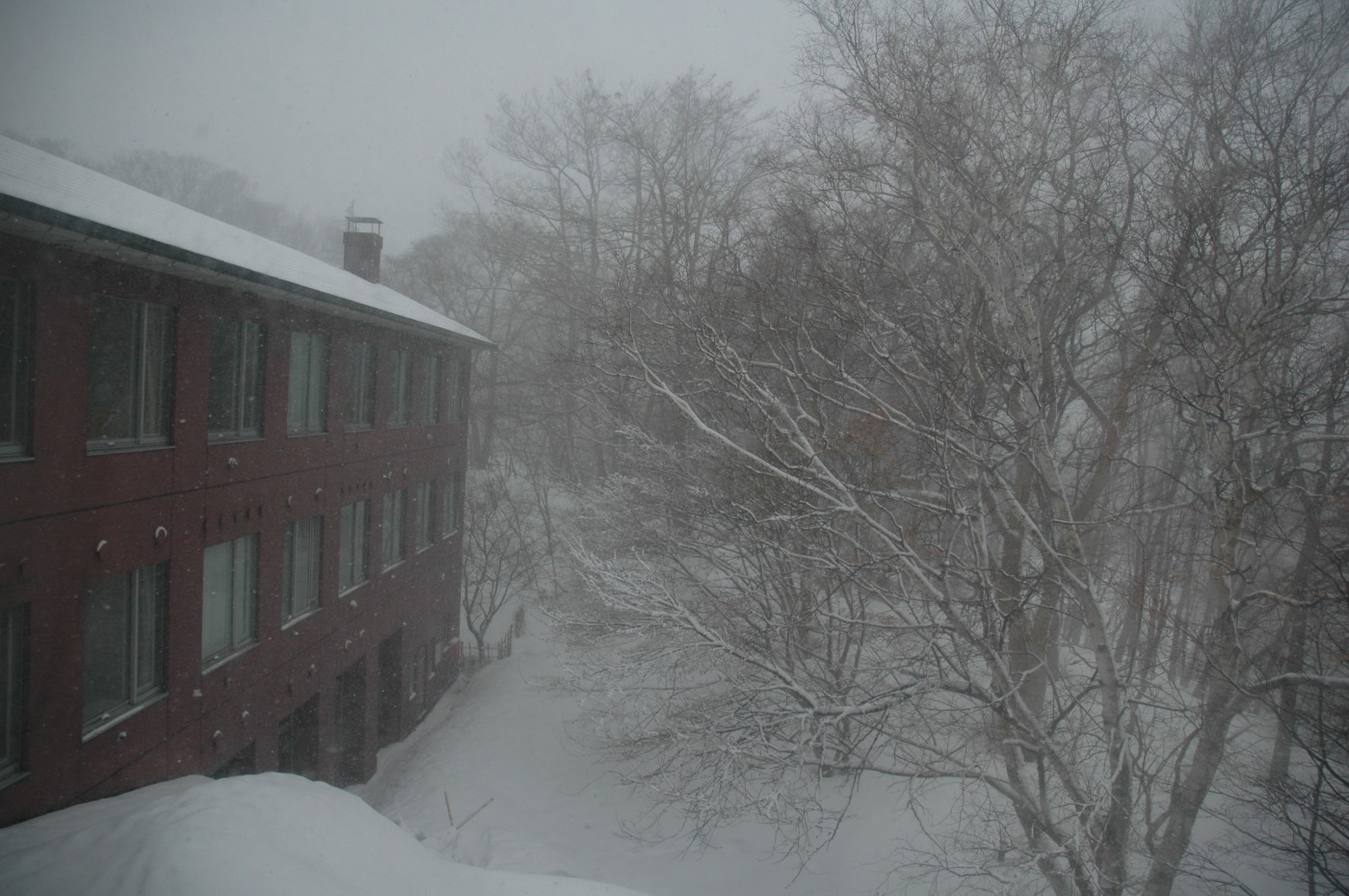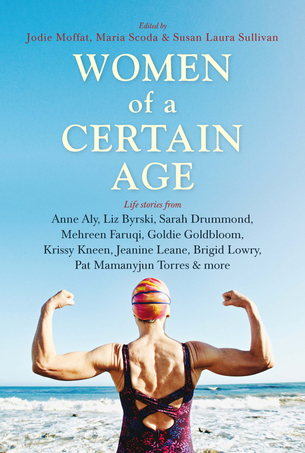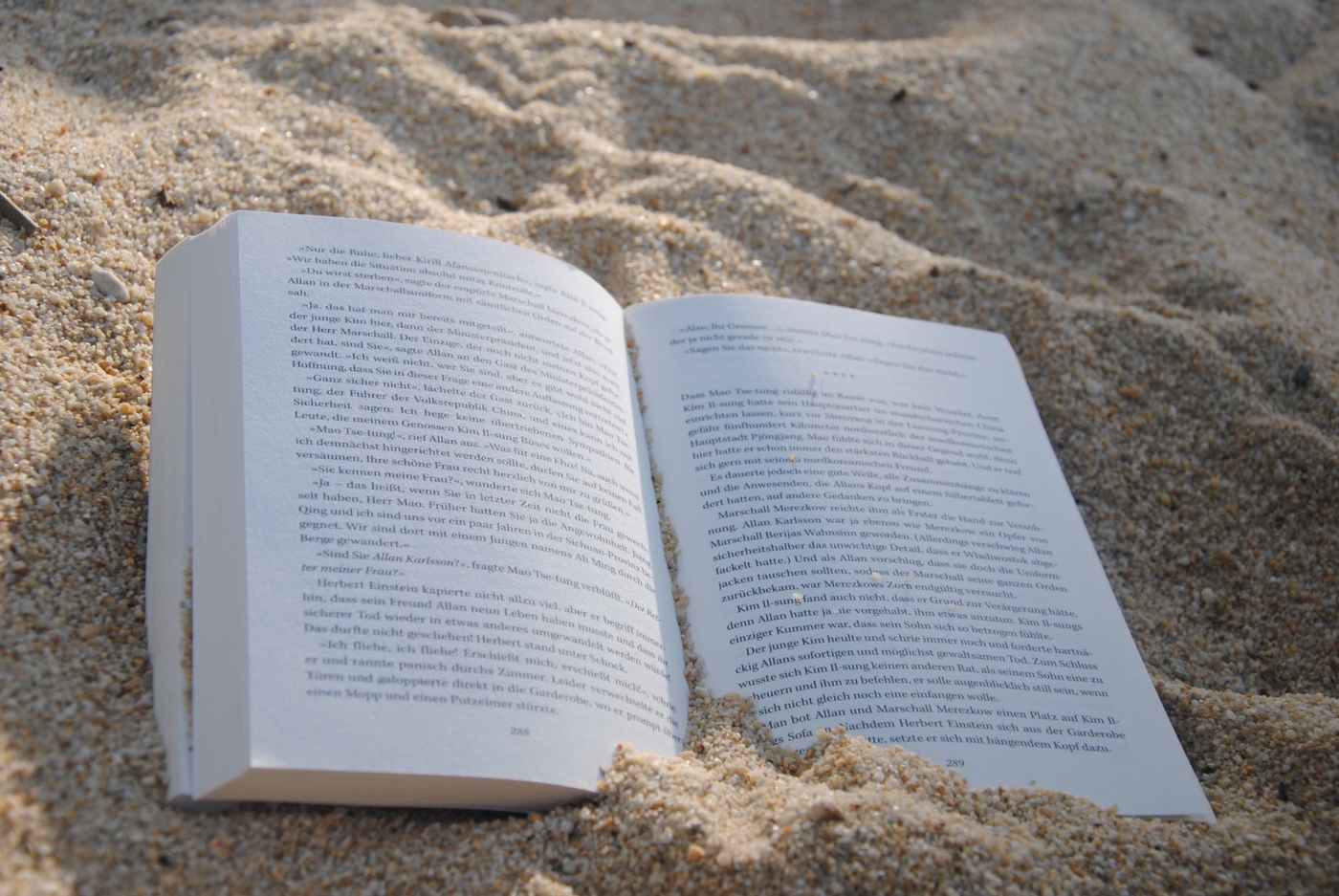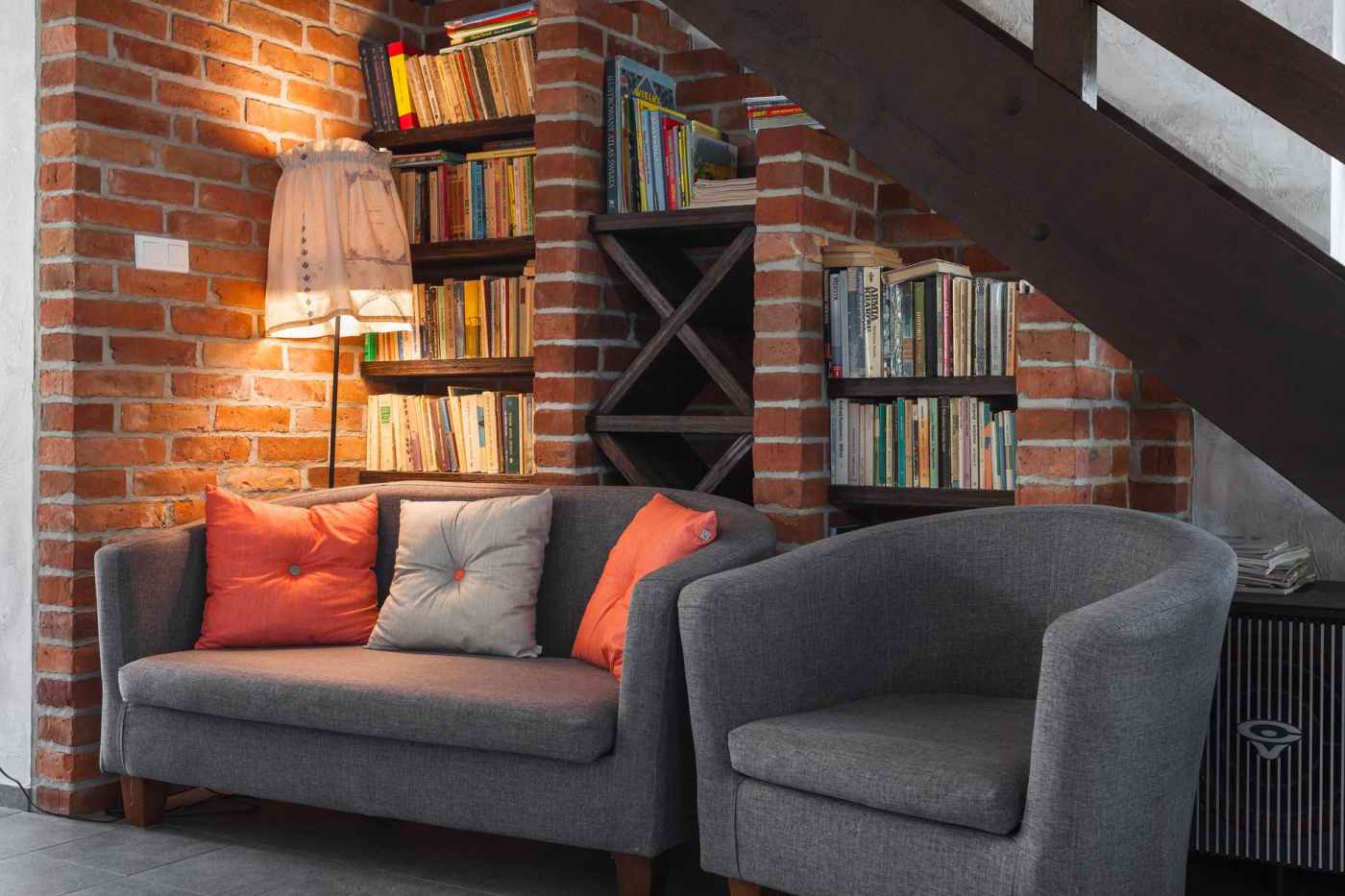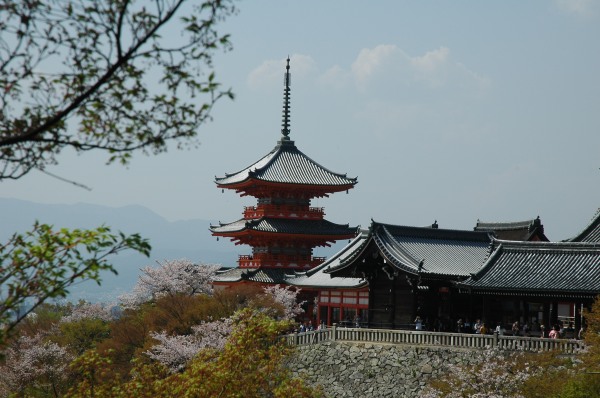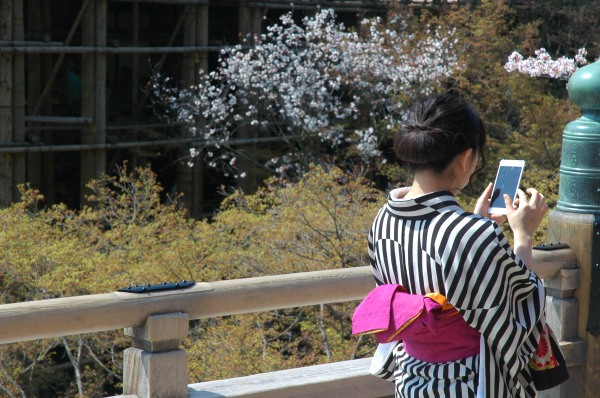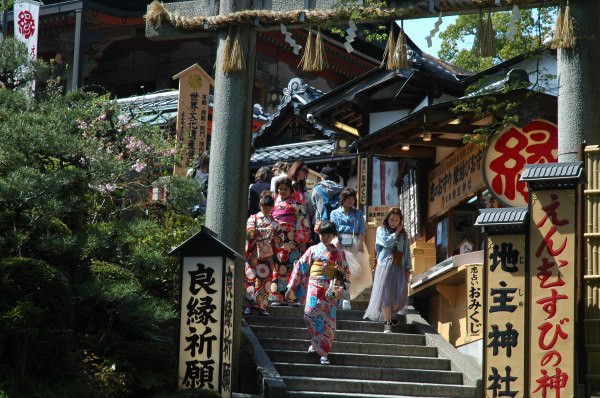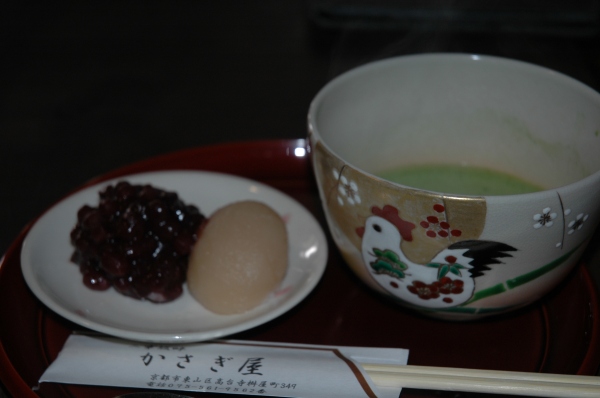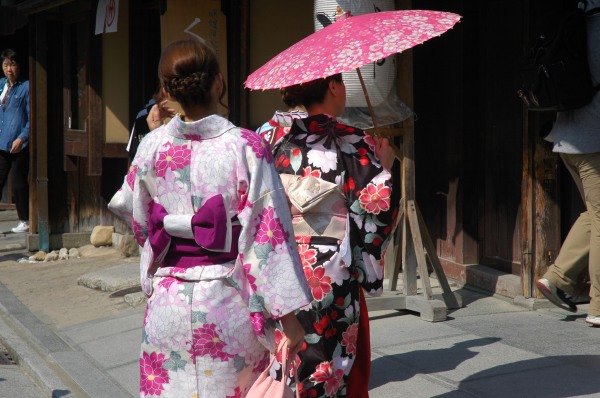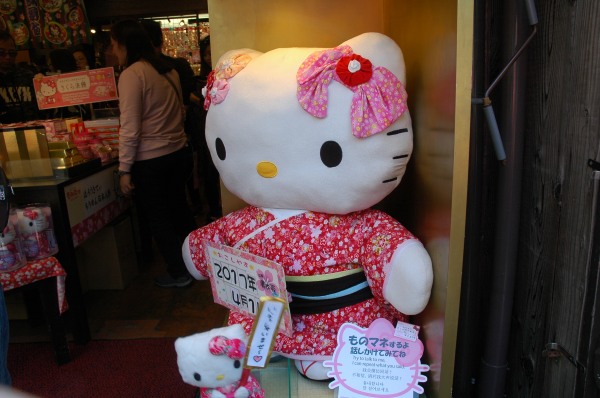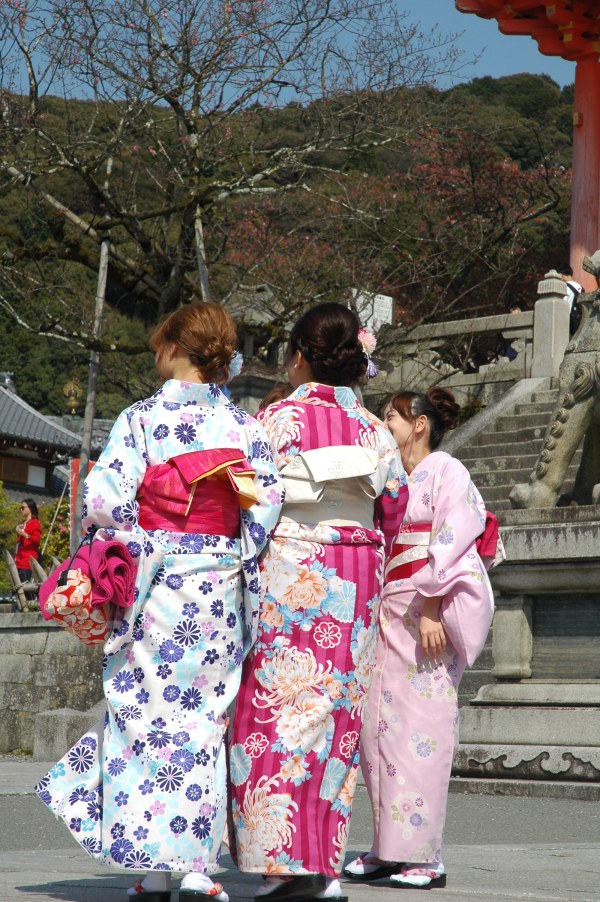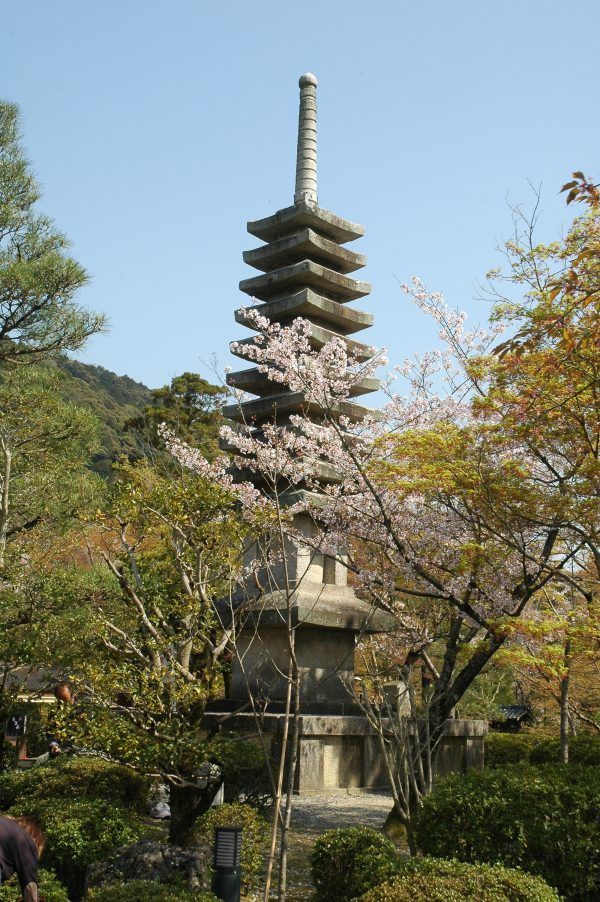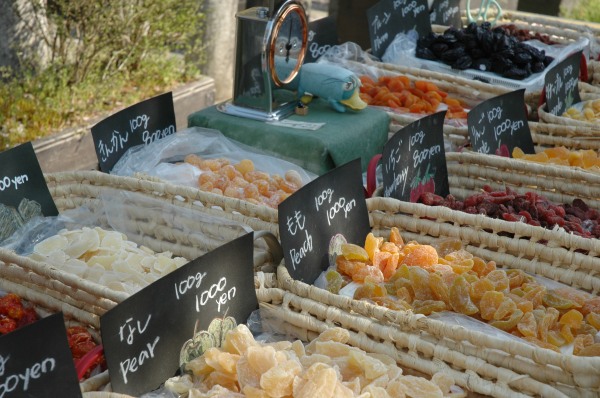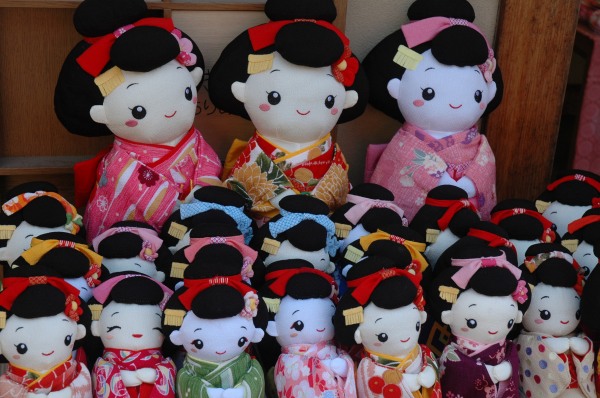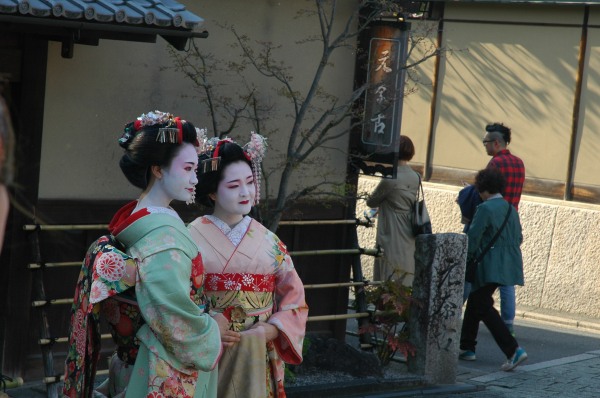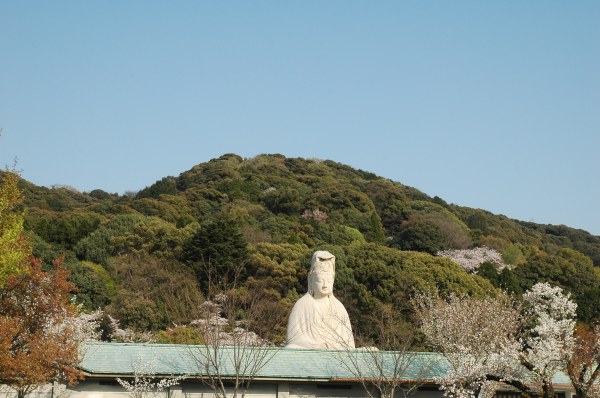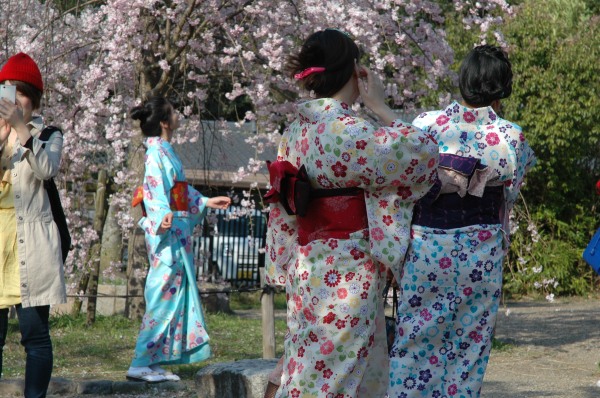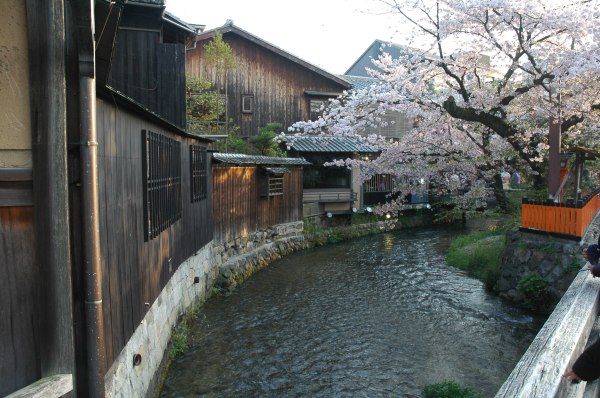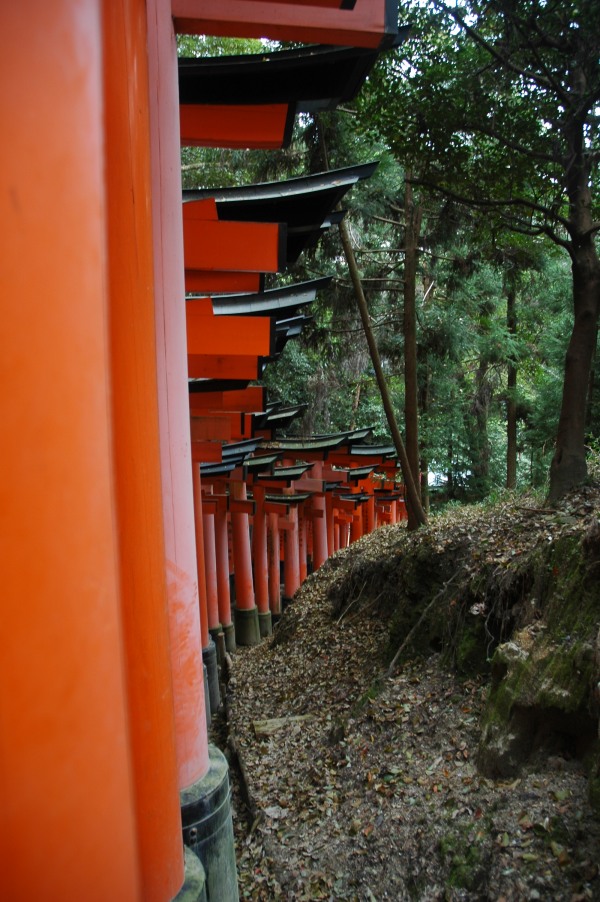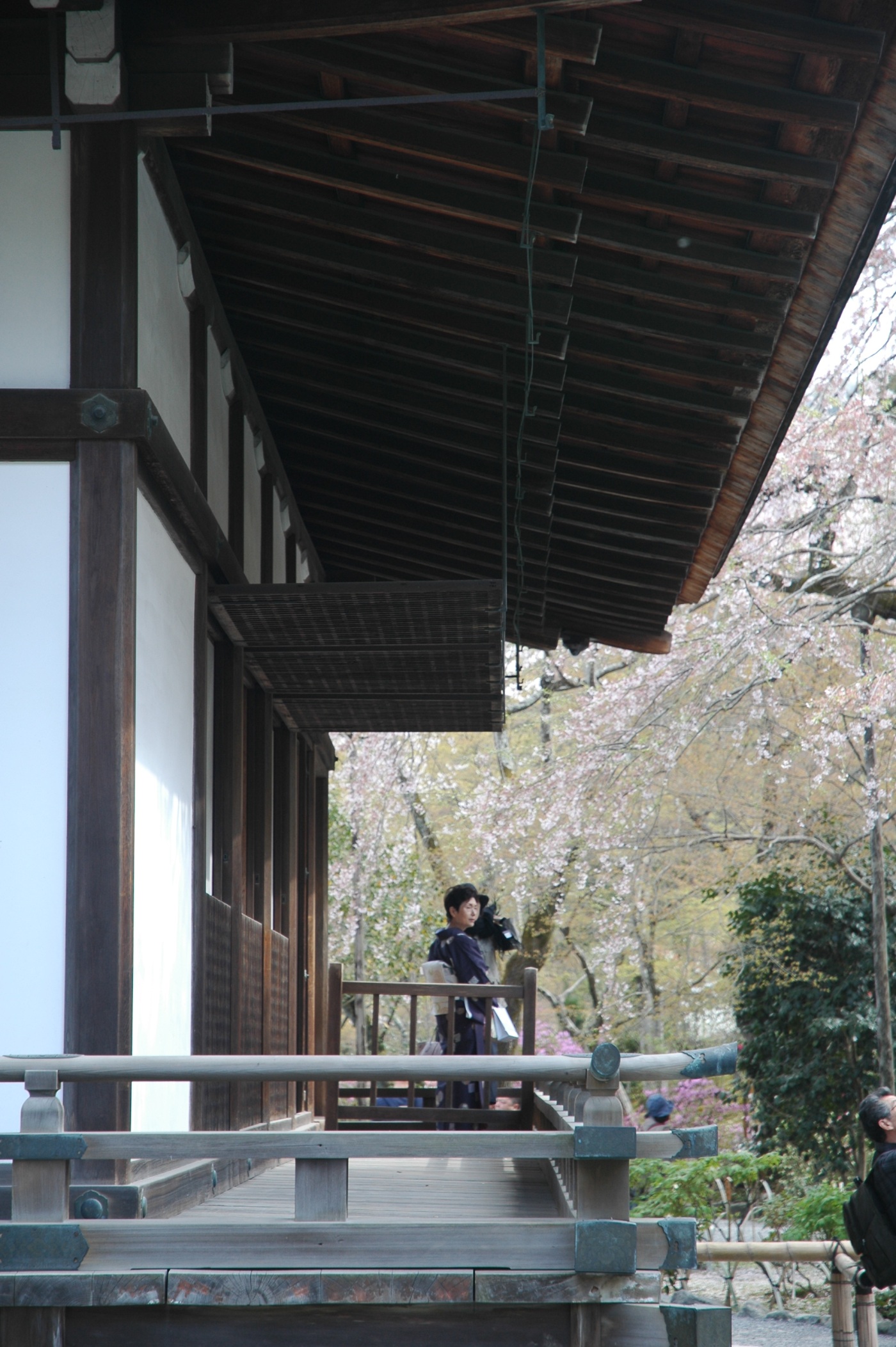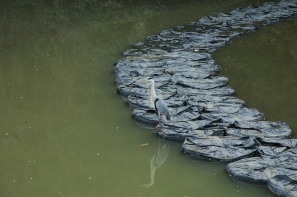About the open call for residence program 2018 – 2019 s(k)now
Sapporo is one of the world’s more unique cities of its size, as its 2 million residents live in cold, snowy conditions for a good portion of the year. In Sapporo City Hall one finds a snow safety station, which symbolizes the central importance of snowy life in this urban city. Urbanization was driven by the Sapporo Winter Olympics in 1972. Developments include remarkable snow removal operations, road heating, underground passages and transportation infrastructure; winter entertainment includes sports and snow festivals, as well as daily routines in society. Over time, these winter features grew in importance. Experience generated diverse forms of knowledge and creative activity to energize the city, which appears to coexist with nature.
When you look at Sapporo and Hokkaido within the context of Japan, this area deep in the north boasts a very special natural environment, lifestyle and history. At the same time, when you look at the place without emphasizing national borders, geographically this area belongs to the subarctic region of the globe. In this context, the life of people in Sapporo and Hokkaido are the southern reaches of a long line of subarctic culture. For the open call of Sapporo Tenjinyama Art Studio, we hope to bring together these two perspectives. Together with the creative minds of artists, we want to encourage a great experiment toward seeing beyond boundaries. In this year, we are organizing three programs within 2018-2019 s(k)now project hosted by City of Sapporo and AIS Planning, and supported by Agency for Cultural Affairs Government of Japan. We look forward to receiving enthusiastic applications from artists and creators.
Overview of Sapporo Tenjinyama Art Studio: Sapporo Tenjinyama Art Studio is an artist in residence program and facility that opened as a project of Sapporo City in the context of the Sapporo International Art Festival in summer 2014. Surrounded by rich nature and a quiet environment, the building hosts 13 studio apartments, an exhibition space and common studios accessible to the community. It also functions as a resting place for all the visitors of the park. In addition, the atrium lounge on the ground floor is constructed as a communal area, where local people can drop in freely, to generate conversations between artists participating in the program on a daily basis as well as through various events, artist presentations and public projects. During the program year of 2017, a total of 407 artists participated, including 85 non-Japanese artists from 23 different countries.
For more information, please visit our website: https://tenjinyamastudio.jp/en/air/
2018 – 2019 s(k)now Program
Key word: Winter, Snow and the Subarctic.
Sapporo Tenjinyama Art Studio is organizing three open call programs with the theme: Winter, Snow, and the Subarctic. In their encounters with culture in Sapporo and Hokkaido as well as exchange with locals, artists are invited to develop and explore their ideas through work based on the theme Winter, Snow, and the Subarctic. We will assist participants in mastering a plan, research and production during the residency.
1) UCCN Program (Background Limitation)
Number of artists: 2 (people or groups)
This program is supported by the media art city of the Unesco Creative Cities Networks and limited to the artists who are either born, live or work in any of the following 13 cities:
DAKAR (SENEGAL), ENGHIEN-LES-BAINS (FRANCE), GWANGJU (SOUTH KOREA), LINZ (AUSTRIA), LYON (FRANCE), TEL AVIV-YAFO (ISRAEL), YORK (UK), AUSTIN (USA), BRAGA (PORTUGL), CHANGSHA (CHINA), GUADALAJARA (MEXICO), KOŠICE (SLOVAKIA) and TORONTO (CANADA)
Content: By the end of the residency program, artists will provide a final presentation (in any format) of the research they conducted over the 60-day residency period.
2) Exhibition Program
Number of artists: 1 (people or groups)
All nationality except Japanese and residence of artists must be outside of Japan. (Foreign artists living in Japan and Japanese artists living abroad are not applicable ).
Create an exhibition presenting the research they conducted over the 60-day residency period.
Supported by: Agency for Cultural Affairs Government of Japan
3) Artist-in-School program
Number of artists: 1 (person or a group)
All nationality except Japanese and residence of artists must be outside of Japan. (Foreign artists living in Japan and Japanese artists living abroad are not applicable ).
Participate in the Artist-in-School program operating within Japanese elementary schools. Participants are required to use a classroom as a studio for 2 weeks to create a project. By the end of the residency program, artists will provide a final presentation (in any format).
Note: About Artist-in-School (for Community Program) Recently in Japan, it is quite common to find the classrooms in elementary and junior high schools, built extra-large during the high-growth economy, nearly empty due to low birth rates. The Artist-in-School program saw this ‘gap’ as a new site for artist-in-residence initiatives, so that artists could make use of empty classrooms as working studios in operational public elementary schools for a period of time. In addition, artists engage with the school community through their activities, including school children, teachers, parents as well as local people.
http://ais-p.jp/artistinschool/
http://inschool.exblog.jp/
Supported by: Agency for Cultural Affairs Government of Japan
1. Schedule
Application period: From September 5th to October 21st, 2018.
Selection: Sunday, November 4th, 2018.
Project period: (60 days) Saturday, January 5th to Tuesday, March 5th, 2019.
* Tentative date for welcome party and artist talk: Middle of January, 2019
*Tentative date for presentation and exhibition: from Saturday, February 23rd to Sunday, March 3rd, 2019.
2. Eligibility
Applicants must:
・have experiences in the field of visual arts.
・be at least 18 years old when starting the residency (students are not eligible).
・understand the aim of the residency program and present their results in the final week of the program.
・be able to participate in events and activities organized at Sapporo Tenjinyama Art Studio.
・be responsible for producing work, exhibiting and taking down the exhibition on their own and dis cussing with coordinators and the director of Sapporo Tenjinyama Art Studio.
・be able to attend the opening event and the final presentation
・be able to follow the regulations of the facility.
・be able to speak and understand either English or Japanese.
3. Support
Sapporo Tenjinyama Art Studio will provide:
・an invitation letter.
・studio rent and heating expenses.
・travel cost (actual fee of 1 return trip from the place of activity to Sapporo, maximum 150,000 yen).
・living expenses (for food, life and research fee) 300,000 yen.
・materials fee (for final presentation and etc) maximum 100,000 yen.
・arrangement of translation volunteers, coordination with institutions and organizations.
4. Studios
http://tenjinyamastudio.jp/en/stay/
・Accommodation studio B; one room per person or a group (open 24 hours).
・Other facilities in the building: Common areas on the ground floor / exhibition space / multi purpose rental studio.
*Common areas are open to the public. Artists are required to consult with members of staff in advance regarding usage of this space.
5. Notes
・Any expenses exceeding the support must be covered by the artist.
・Overseas residents who need a visa to enter Japan are responsible for obtaining the correct documentation.
・Artists from countries which have not concluded a tax treaty or a country with which Japan has concluded the tax treaty but where income is taxable may be liable for income tax on the sum provided to support their activities and transportation.
・Family and partner are acceptable (maximum 3 people), however the amount of support is only provided for the invited artist.
6. How to apply
Deadline: Sunday, October 21st, 2018 (23:59) Japan time.
Please choose and complete the following online application forms. (Please upload personal ID, portfolio, etc). After sending the online application form, applicants will receive an automatic response indicating reception of the online forms. If you do not receive it, please contact us.
1)UCCN Program *link to application form
2)Exhibition Program *link to application form
3)Artist in School Program *link to application form
– Applications which arrive after the deadline will not be accepted.
– Any application materials which are damaged or illegible are not subject to be considered in some cases.
– Submitted data will not be returned.
7. Selection and Selection Committees
Sapporo Tenjinyama Art Studio and the committee will select artists based on the application forms and portfolios submitted. During the selection, interviews may be conducted. All applicants will be notified the results by Sunday, November 4th, 2018.
A selection committee consisting of internationally recognized artists and the director of Sapporo Tenjinyama Art Studio will carefully review and evaluate applicants.
The selection committee is:
SHIMABUKU
Soichiro Mihara
Takayuki Yamamoto
9. Contact
Open Call to Sapporo Tenjinyama Art Studio
Tel: +81-11-820-2140 (10:00-20:00: Tuesday to Sunday Japan time)
E-mail: application [AT] tenjinyamastudio.jp
